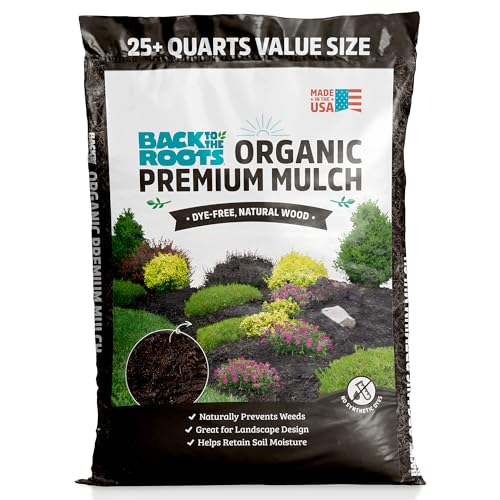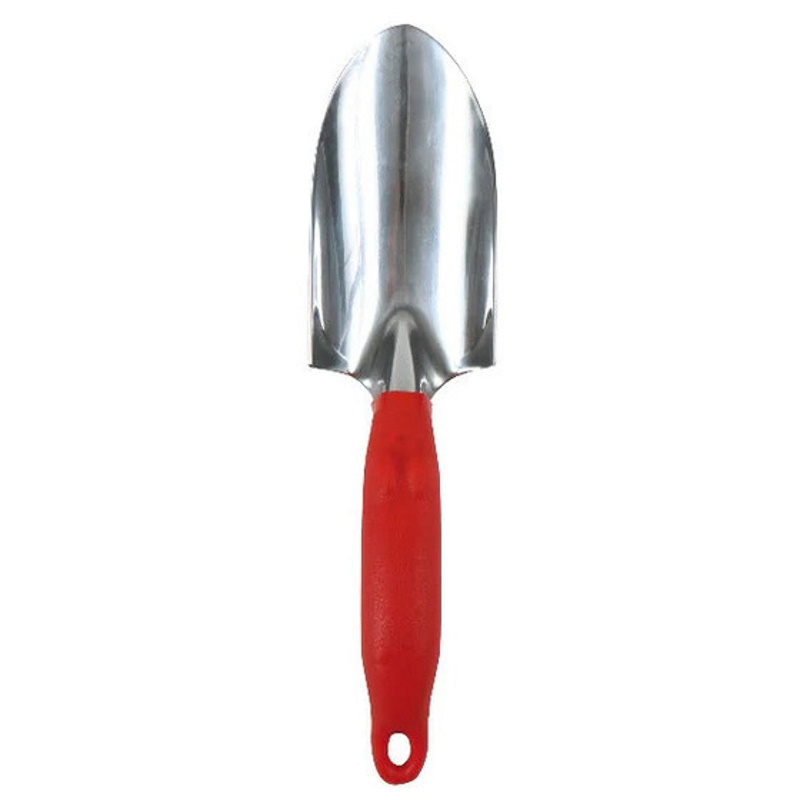Can You Plant Lavender In The Fall? These Do's and Don'ts Will Prevent You From Losing Plants Unnecessarily
We reveal when you can and can't plant
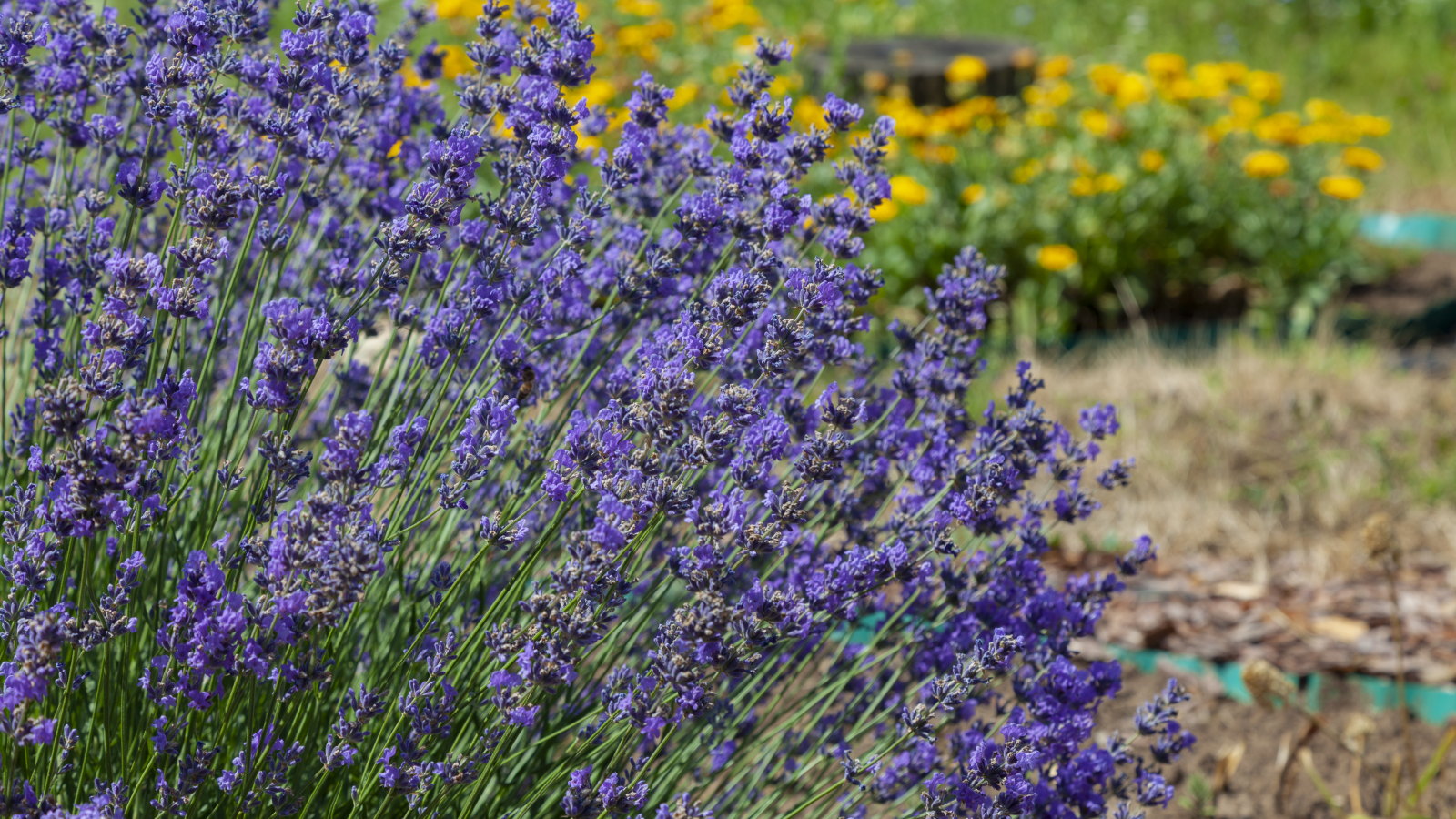
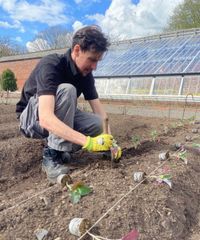
Lavender ranks among the most popular plants for good reason. The mass of pretty purple flowers in summer, the glorious fragrance, its versatility, and how low-maintenance it can be in the right circumstances. But growing lavender isn't always a cake-walk, and things can go awry quickly if you've planted it at the wrong time of year.
Knowing when to plant lavender and when not to is important, as it helps you avoid wasting time and effort. Most gardeners know the ideal time to plant is spring, but can you plant lavender in the fall?
Well, you can and you can't, and it all depends on the type of lavender, your climate, and your soil. But we want to keep things simple and avoid any potential confusion if you want to grow lavender. Below you will find the key factors that reveal when you can plant lavender in the fall or if you should hold off until spring.
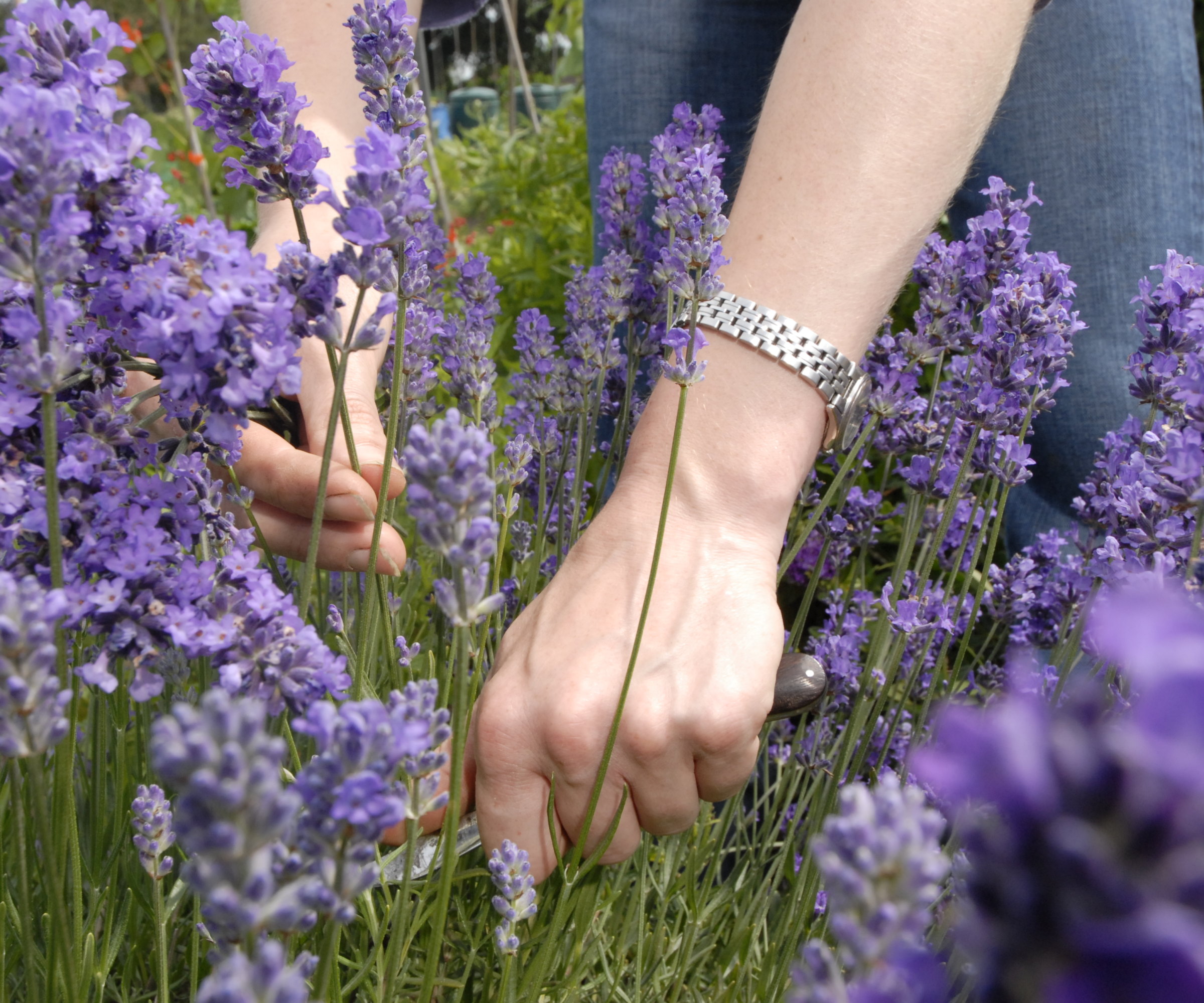
Can You Plant Lavender in the Fall? When You Can and Can't
Should you add planting lavender to your fall gardening checklist? Here's all you need to know to make the right decision…
When You Can Plant Lavender in the Fall
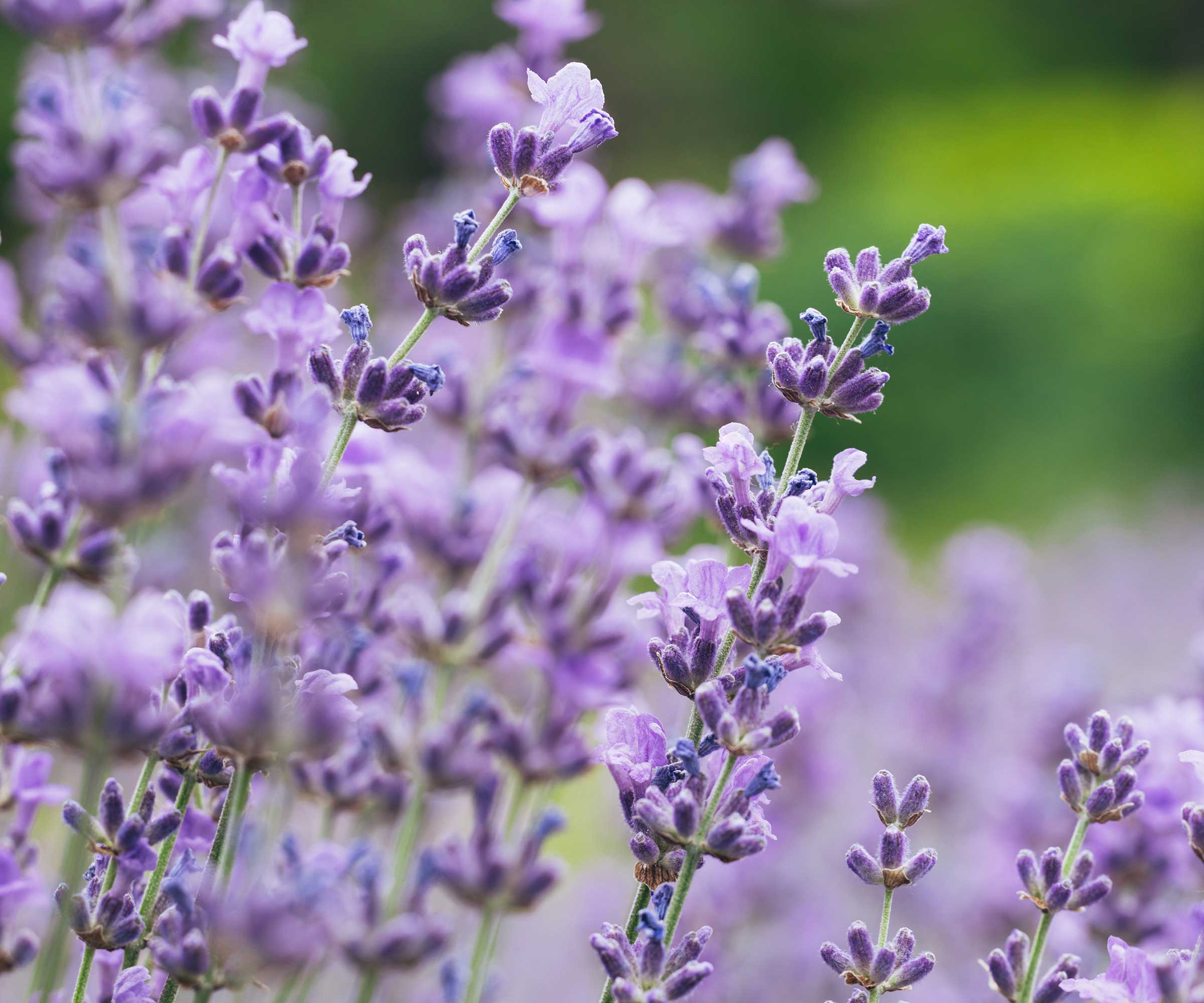
You can plant hardy lavender varieties in the fall, provided you can give them enough time to establish and the right conditions to prosper during the colder months. So, let's look at the parameters that need to be right for plants to cope with fall planting:
Planting hardy lavender in the fall is acceptable in climates with milder winters, namely, US hardiness zones 7 to 10. In these zones, the lavender can take advantage of the warm soil, cool air, and seasonal rainfall to help plants settle in their new home.
The plants need at least six weeks between planting and the first hard frost for your region to have sufficient time to develop strong roots, which are crucial to the plant's chances of surviving winter.
Design expertise in your inbox – from inspiring decorating ideas and beautiful celebrity homes to practical gardening advice and shopping round-ups.
As well as the type and climate, another key aspect of whether you can plant lavender in the fall is your soil type. Lavender needs well-draining soil and dislikes sitting with wet roots for long periods, so it can only be planted in the fall into ground that won't hold onto lots of water over winter.
If you have well-draining soil or can improve the drainage of your ground sufficiently by adding organic matter, grit, or coarse sand, lavender can be planted in the fall. You may struggle to winterize lavender successfully in a heavy soil that retains winter moisture.
When Not to Plant Lavender in the Fall
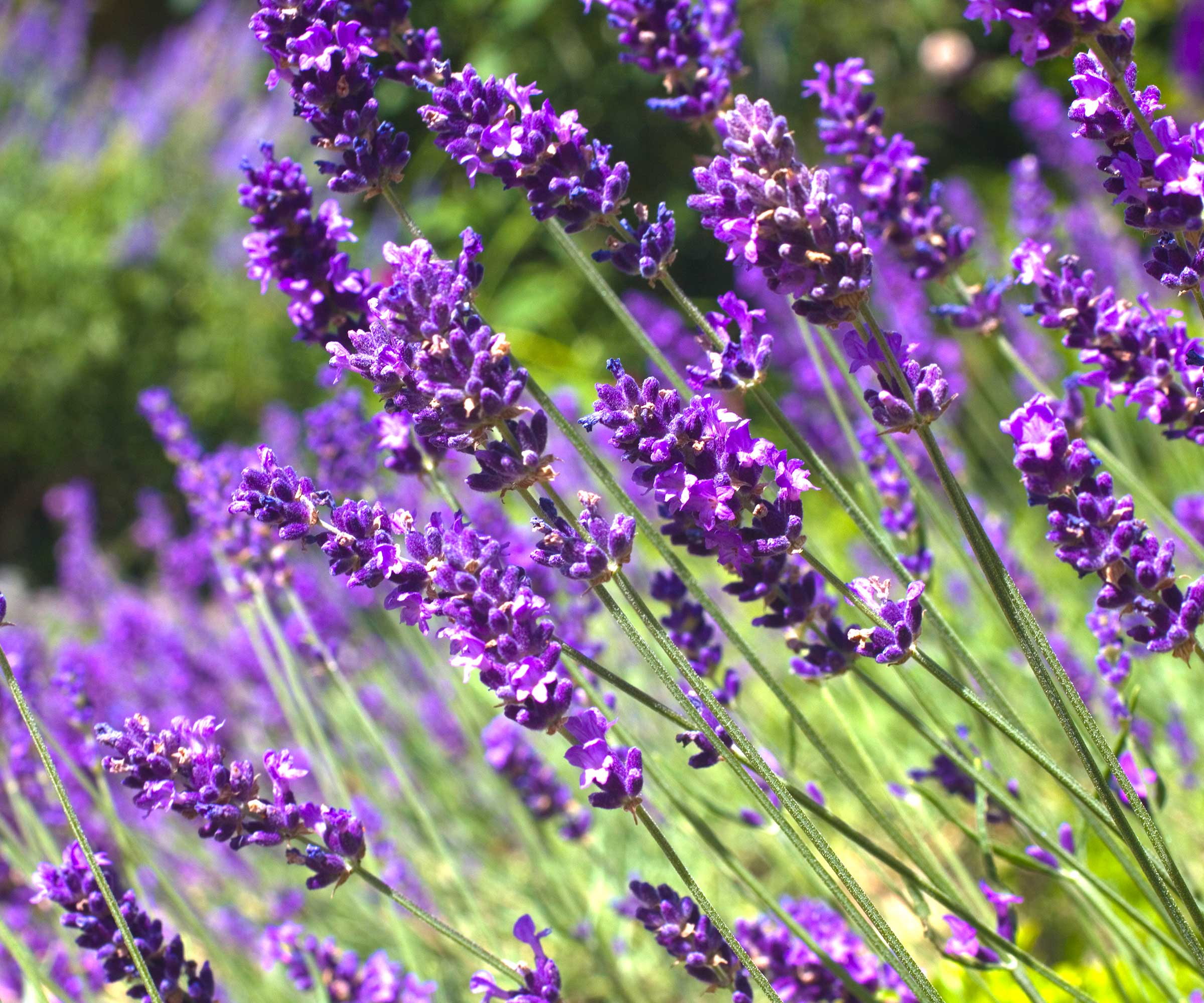
So, if you can in zones 7-10, can you plant lavender in the fall in US hardiness zones 6 and below? Well, the answer is no. Unfortunately, planting lavender in the fall is not recommended in areas with extreme winters, such as places with early frosts, deep freezes and extended periods of snow.
Even hardy lavender plants will not cope with harsh winters coming quickly after planting, as it takes time for plants to establish and reach their full hardiness. Gardeners in such climates are best planting in spring, so their lavender can get a full season to establish strong roots and reach full hardiness potential.
As outlined above, it is very risky to plant lavender in the fall if you have heavier soils that sit wet during winter. It would be a lavender-growing mistake to plant any young specimens in cold and wet soils, where they will be highly vulnerable to root rot in winter.
If you planted lavender seeds earlier in the year and have not got around to putting the plants outdoors yet, what can you expect to do with them in the fall if planting them outside is risky?
You can grow the lavender in pots indoors over winter, or keep the young plants in containers protected in a greenhouse or cold frame during the colder months. Growing lavender indoors means a lovely fragrance that can help provide stress relief, and it also repels house pests due to its strong smell.
FAQs
Is September Too Late to Plant Lavender?
September can be a good time to plant hardy lavender. The soil is warm from summer, and plants will have sufficient weeks to grow roots before the first hard frost. Regularly water plants to help them get established, and consider mulching around them with organic matter to retain moisture in the soil, smother weeds, and insulate the roots over winter.
Can You Plant Lavender in October?
If you live in milder climates and can give hardy lavender plants at least six weeks to establish before the first hard frost for your area, you can plant lavender in October. It is also dependent on whether you have well-draining soil. Planting in October is generally limited to just those in US hardiness zones 7-10.
If you ever have concerns about whether your lavender plants will survive winter, a safe contingency plan is to propagate lavender by taking cuttings. You can take softwood cuttings in spring and early summer, or hardwood cuttings in late fall. Softwood cuttings are the quicker of the two methods, but both are reliable methods of propagating lavender plants.
This guide on how to propagate lavender reveals the steps to follow for both methods, so you can take plant cuttings with confidence and get new plants for free.
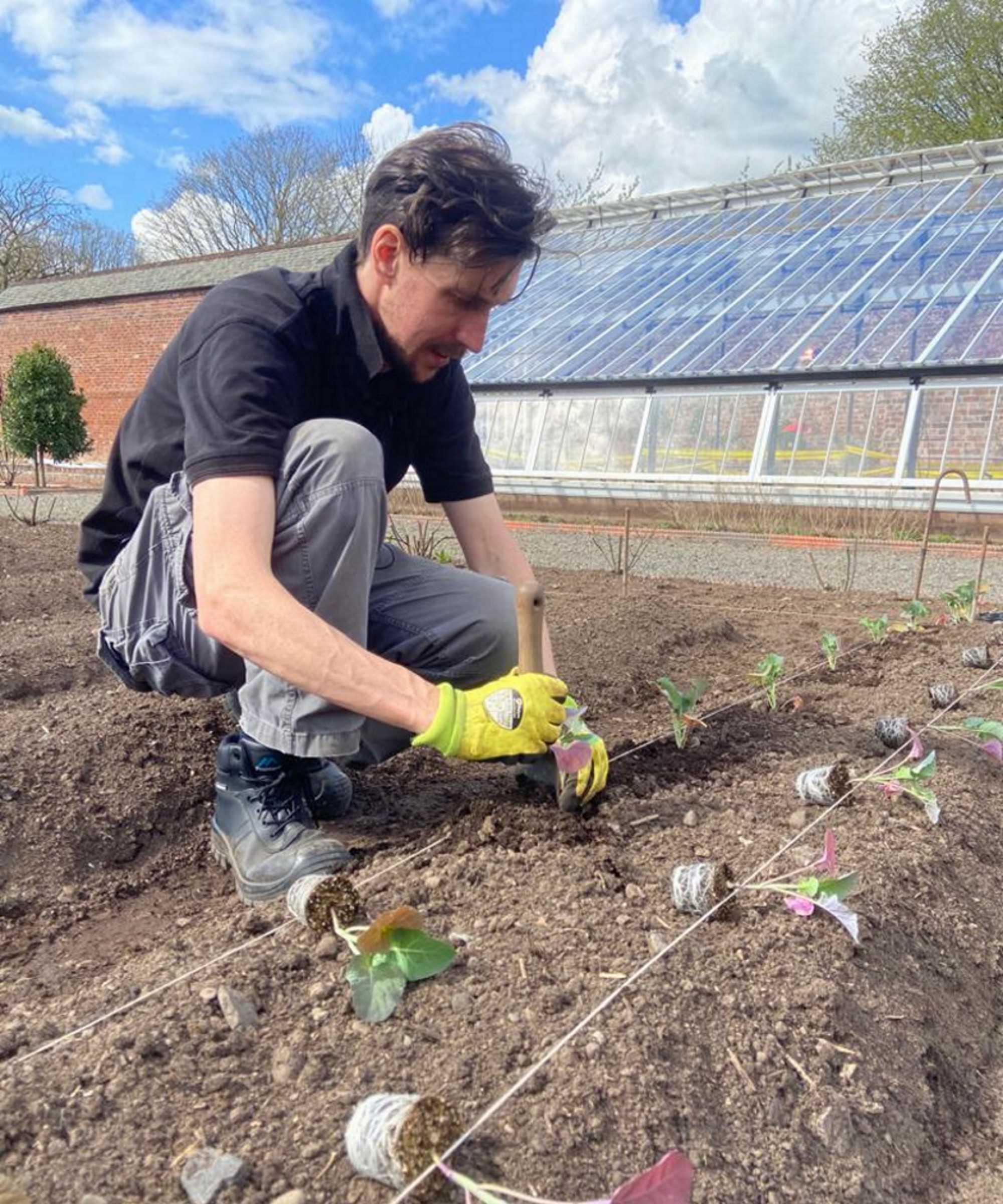
Drew has worked as a writer since 2008 and was also a professional gardener for many years. As a trained horticulturist, he worked in prestigious historic gardens, including Hanbury Hall and the world-famous Hidcote Manor Garden. He also spent time as a specialist kitchen gardener at Soho Farmhouse and Netherby Hall, where he grew vegetables, fruit, herbs, and cut flowers for restaurants. Drew has written for numerous print and online publications and is an allotment holder and garden blogger. He is shortlisted for the Digital Gardening Writer of the Year at the 2025 Garden Media Guild Awards.
You must confirm your public display name before commenting
Please logout and then login again, you will then be prompted to enter your display name.
![Greenwood Nursery: Live Perennial Plants - Munstead Lavender + Lavandula Angustifolia - [qty: 2x 3.5 Pots] - (click for Other Available Plants/quantities)](https://cdn.mos.cms.futurecdn.net/usJdWx8ebXHcLGPYRESu7H.jpg)
